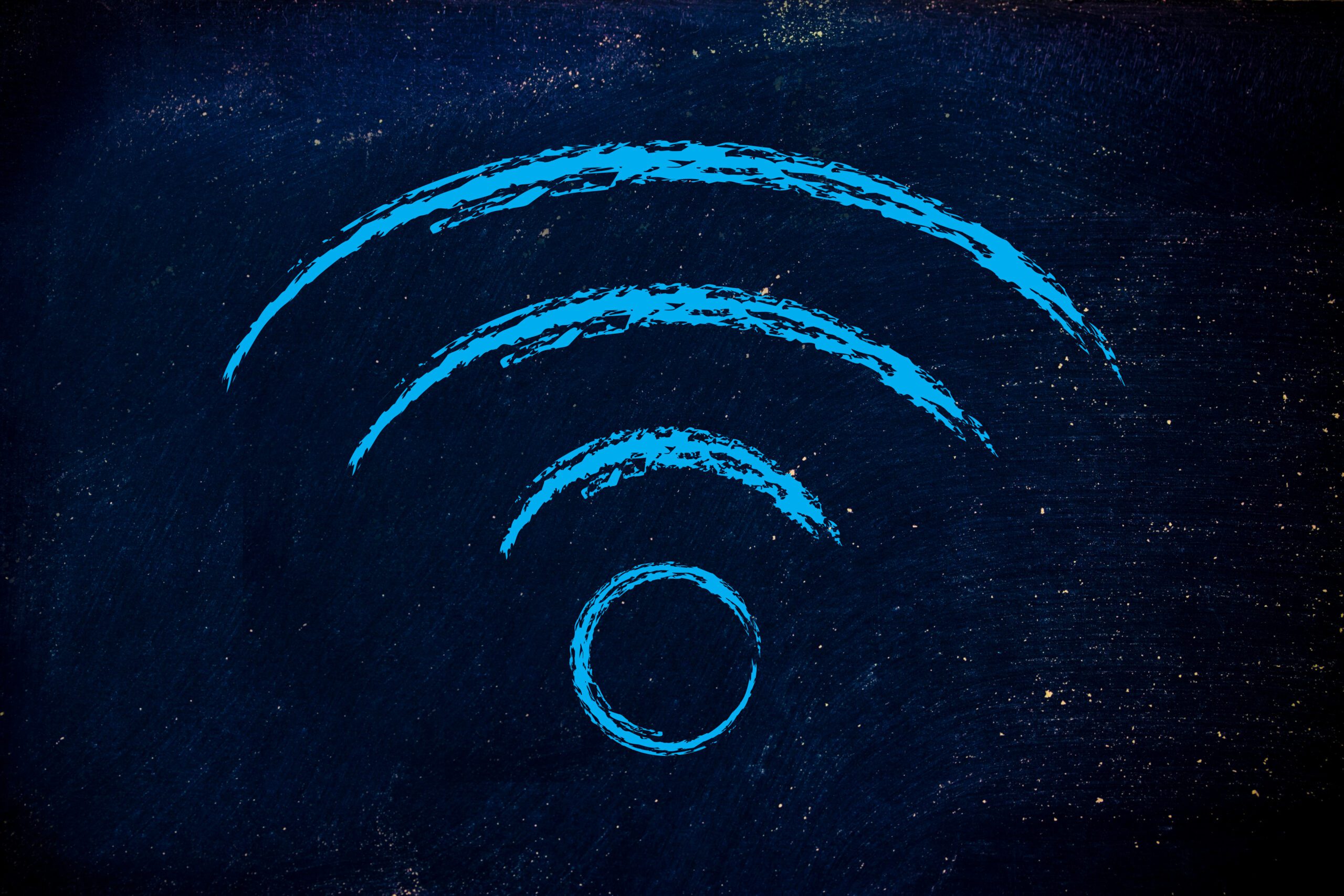Wi-Fi 7 certification is here

Wi-Fi Alliance’s official certification program for Wi-Fi 7 has begun
Wi-Fi Alliance is kicking off 2024 with a shiny new certification program for Wi-Fi 7, signaling that the newest generation of Wi-Fi is ready for mass adoption.
As is typical in Wi-Fi generations, there is already a leading vanguard of Wi-Fi 7 equipment available, noted Kevin Robinson, president and CEO of Wi-Fi Alliance—although perhaps more, and a bit earlier, than is usual. But still, he says, the already available devices and access points are a “small slice” of the overall, eventual ecosystem, with “big adoption coming in 2024.”
Wi-Fi 7 brings additional speed improvements, with peak speeds up to 40 Gbps. But, Robinson says, “The biggest change—and this is really a trend that began in Wi-Fi 6—is more of a focus on complementing those throughput numbers with improved latency.”
That is achieved in part through what Robinson calls Wi-Fi 7’s marquee feature: Multi-Link Operation, or MLO. It contributes to Wi-Fi 7 performance improvements in two ways. The first flavor of MLO boosts speeds by aggregating all three available Wi-Fi bands (or three channels, if 6 GHz spectrum is not regionally available) to get up to those 40 Gbps speeds, Robinson explains. A second application of MLO addresses latency by using all three bands simultaneously to send latency-sensitive packets across whichever channel comes available first.
“That’s where we start having some really interesting use cases,” Robinson said, such as low-latency Wi-Fi services on crowded conference floors (like at this week’s Consumer Electronics Show). Typically—as anyone who has been to a major conference knows—show-floor Wi-Fi is best-effort and you may be lucky to get usable Wi-Fi access at all. “We’ve seen demonstrations in more of a conference scenario where you’re getting sub-20 millisecond, 10-millisecond latency—even with hundreds of people using the Wi-Fi spectrum,” Robinson said, adding that the capability for deterministic latency has implications for AR/VR applications as well as industrial IoT.
According to a Decemebr 2023 ICD Research report cited by Wi-Fi Alliance, Wi-Fi 7 is expected to have more than 233 million devices enter the market this year and reach about 2.1 billion devices by 2023. As of September 2023, there were already more than 70 Wi-Fi 7-capable devices on the market, and Wi-Fi Alliance certification is generally seen as an inflection point for mass adoption.
Some of the companies with initial Wi-Fi Certified 7 devices include Broadcom, CommScope Ruckus Networks, Intel, MaxLinear, MediaTek and Qualcomm.
“Over the past two and a half decades, Wi-Fi has revolutionized the way we interact and function as a society. It stands as the foremost technology for daily connectivity. We are still at the dawn of the 6 GHz era, heralded by Wi-Fi 6E and we are poised to unlock unprecedented wireless user experiences,” said David Colemna, director of wireless in the Office of the CTO at Extreme Networks. “Wi-Fi 7, which is the next step of this evolution, signifies more than an incremental upgrade—it’s a leap into a realm where speed, capacity, and reliability converge to meet the insatiable demands of our connected world.”

Comments are closed.